Report on Leadership Styles and Organizational Structure at UHG
VerifiedAdded on 2023/06/09
|8
|1021
|279
Report
AI Summary
This report examines the organizational structure, communication strategies, and leadership styles within UnitedHealth Group (UHG), a prominent healthcare organization. It includes an organizational chart and discusses effective communication strategies such as active listening and leveraging available communication tools. The report highlights the importance of democratic and development-oriented leadership styles for managing organizational dynamics, as well as transformational leadership for managing change. It also explores various sources of power, including positional, expert, referent, coercive, and reward power, and their roles within the organization. The study concludes that UnitedHealth Group has a well-designed organizational structure and that implementing the suggested communication strategies and leadership styles can foster a positive organizational environment.
1 out of 8
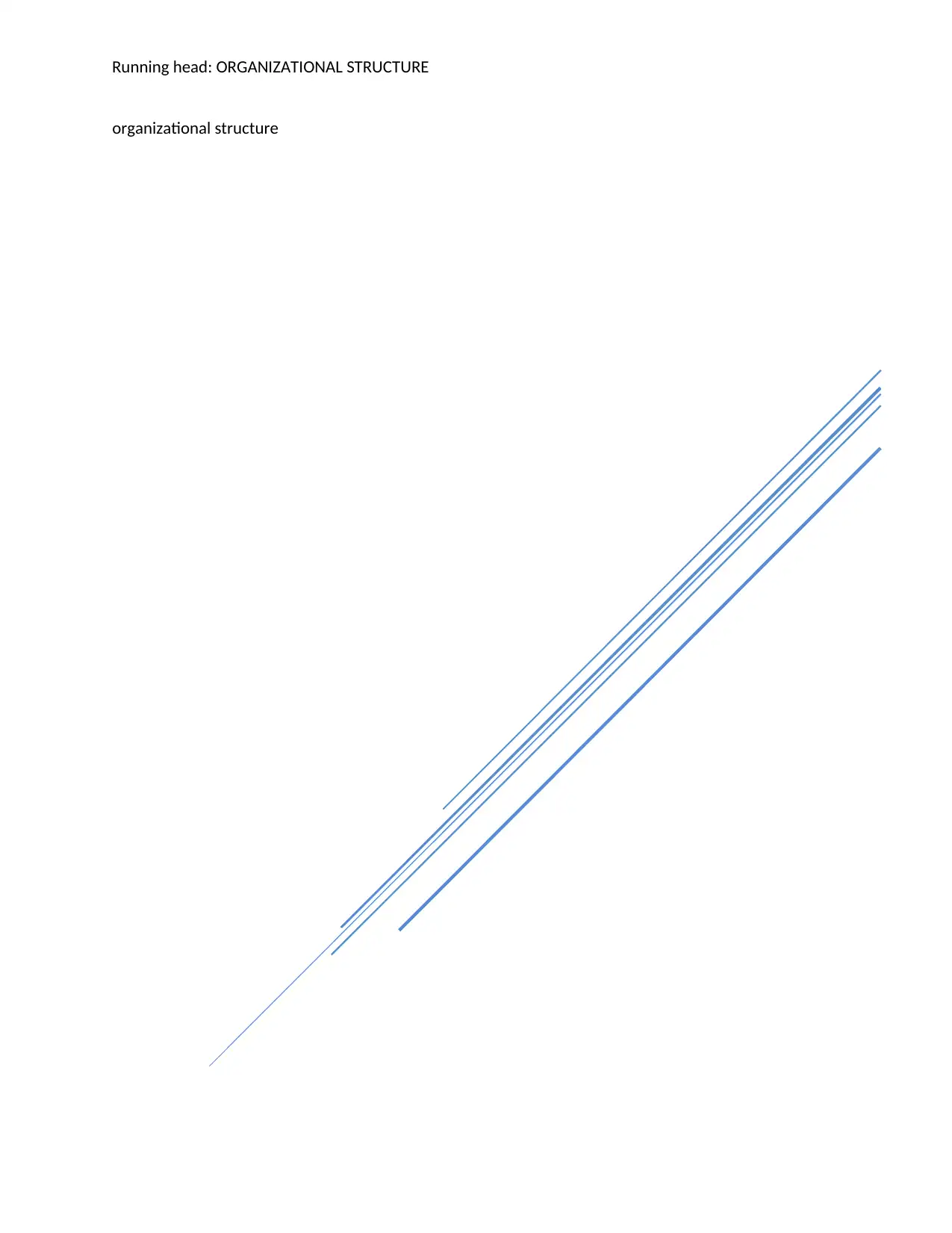
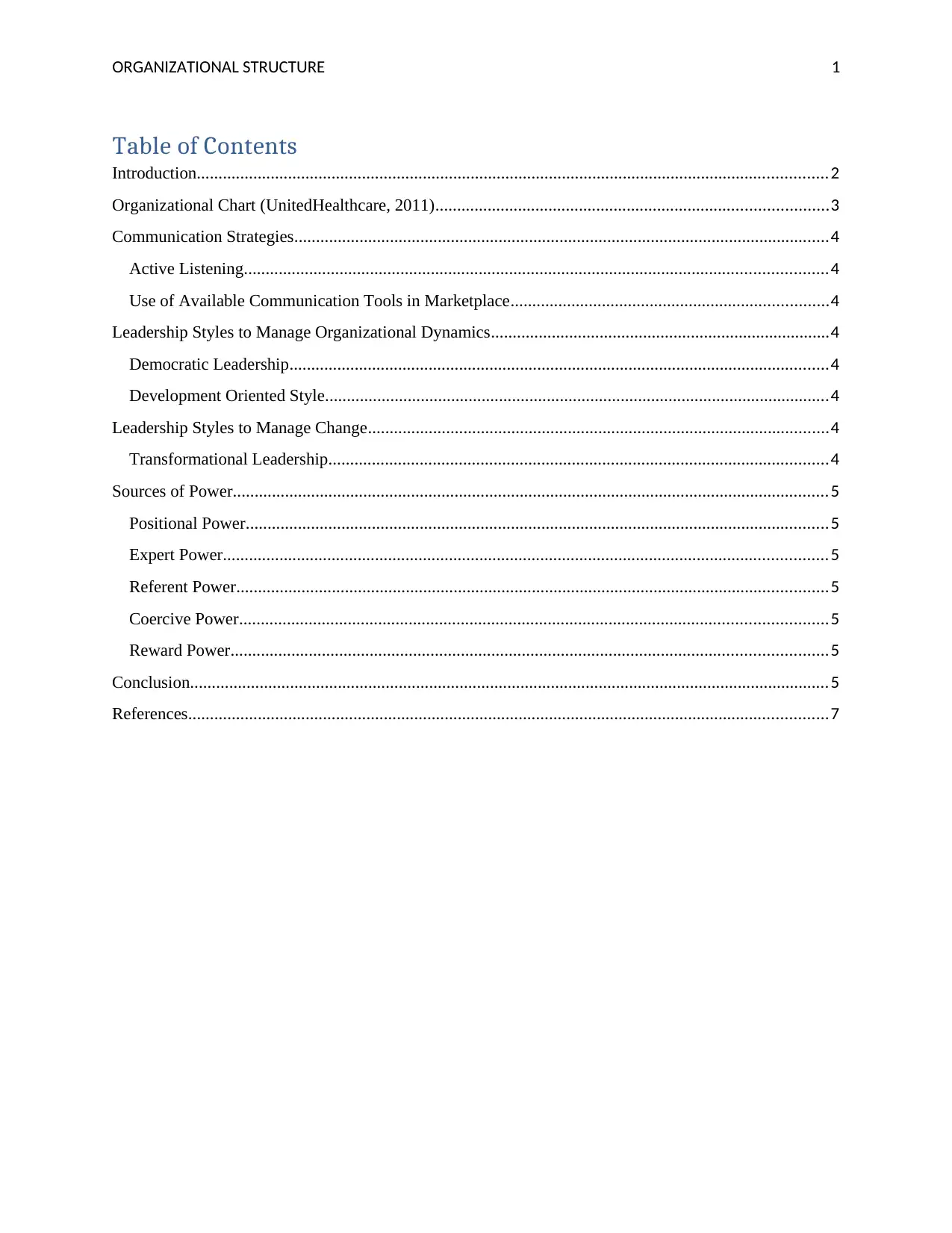

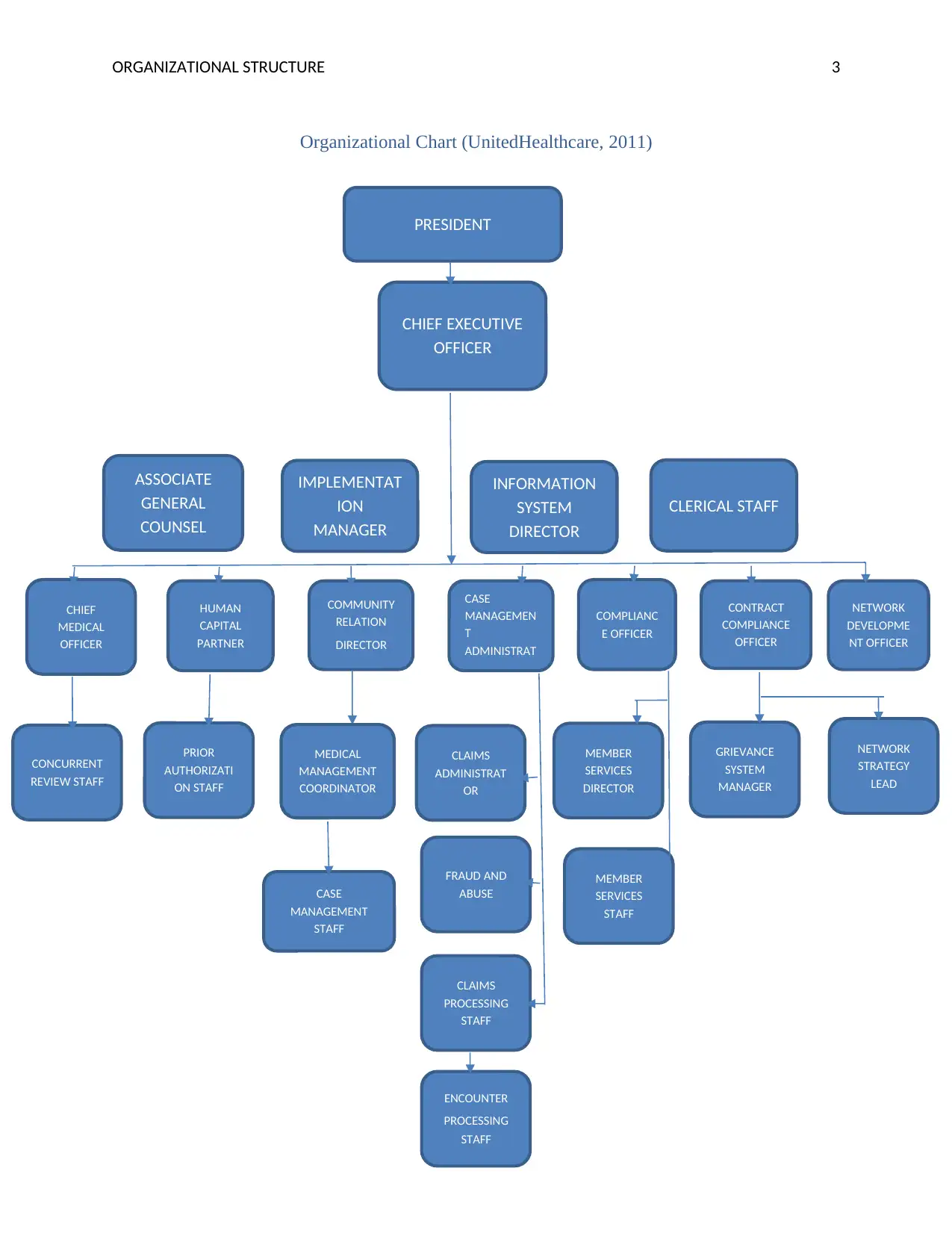
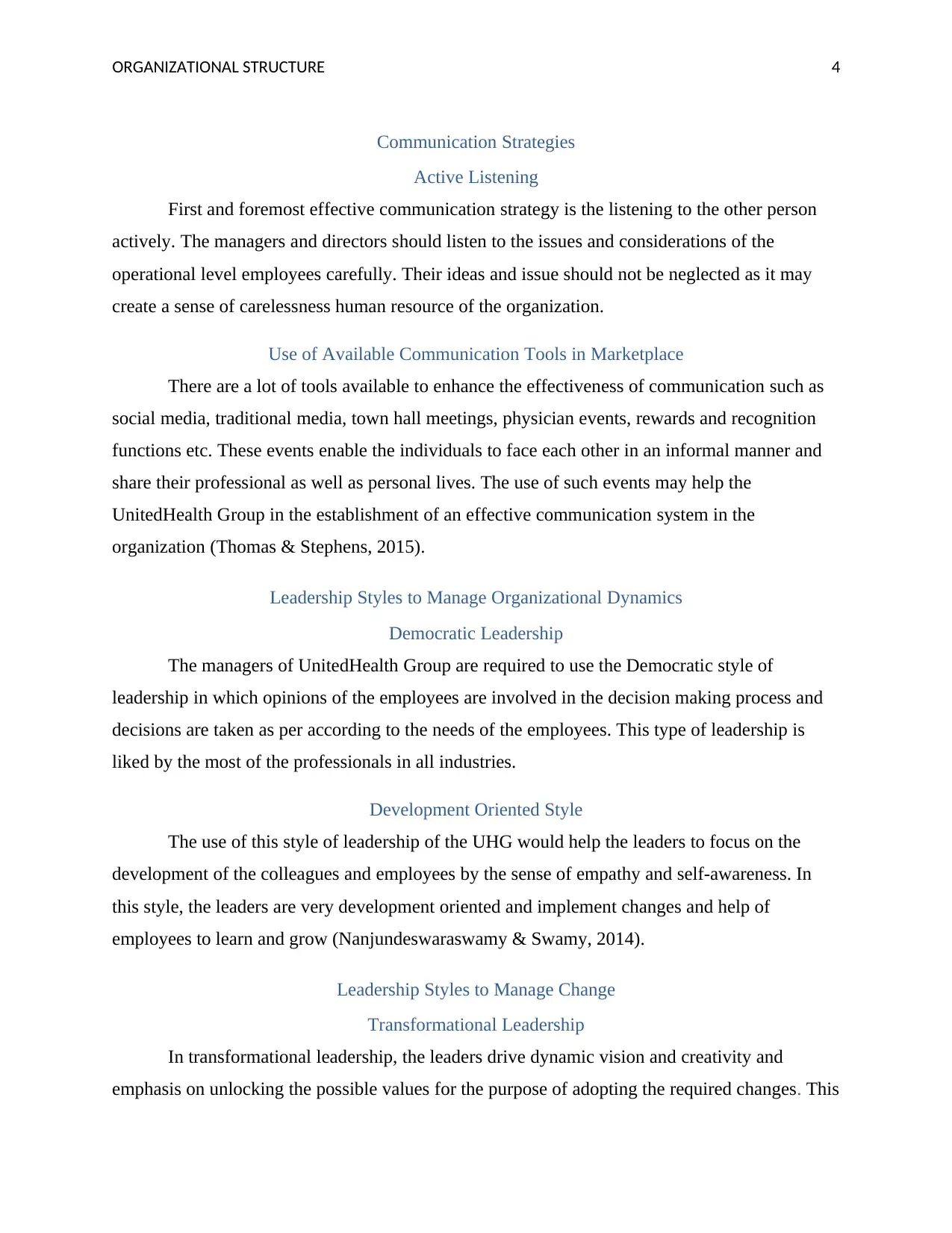
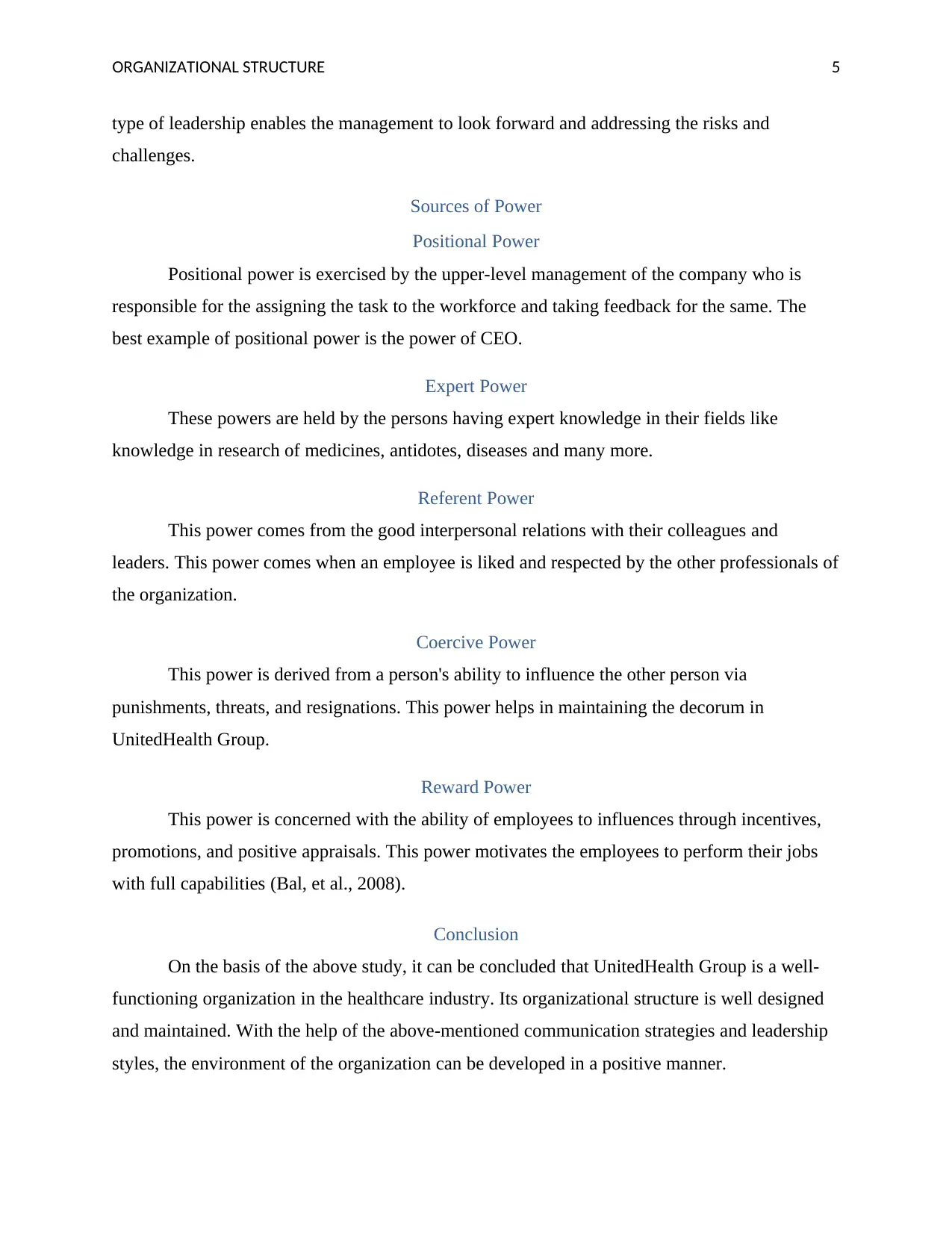
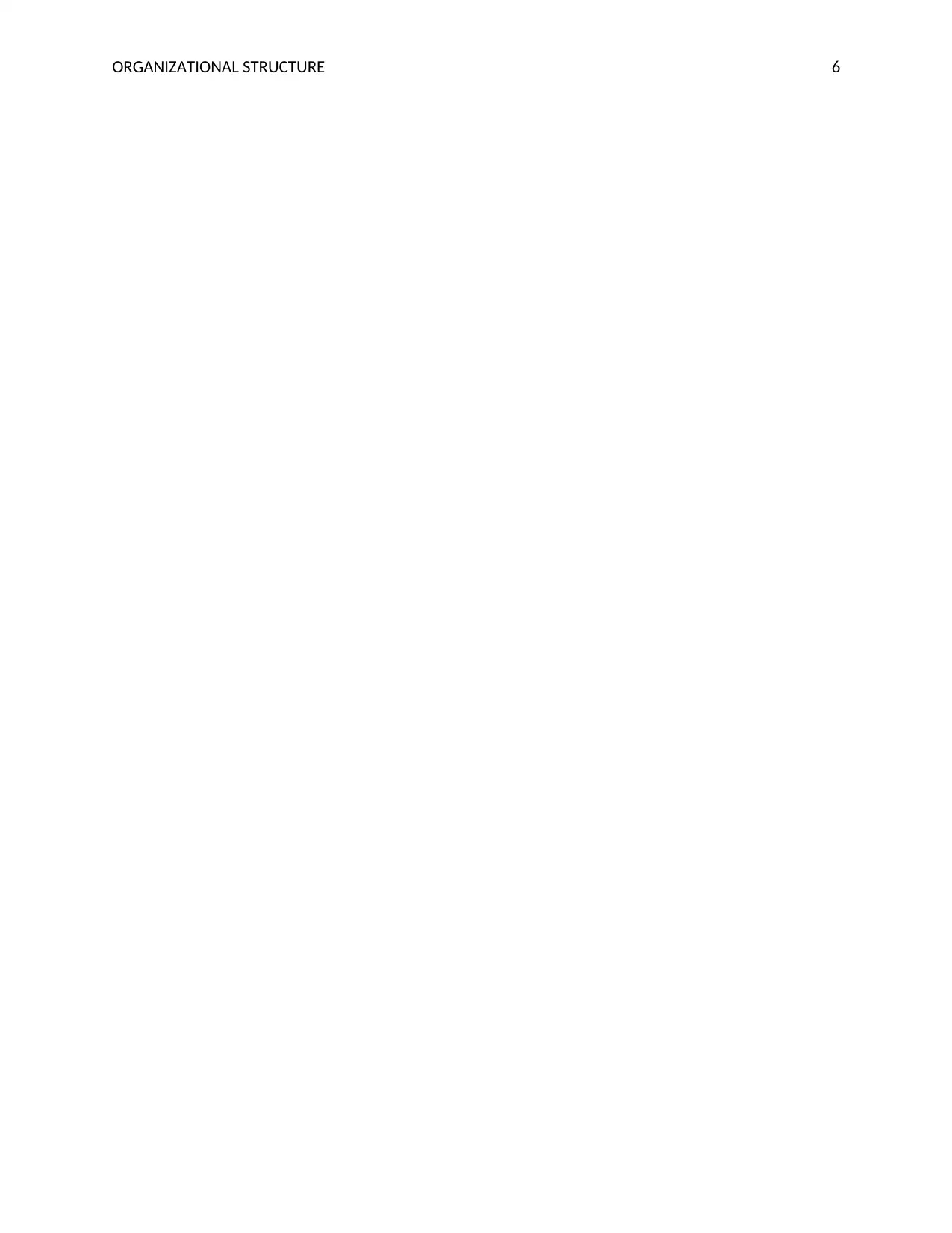
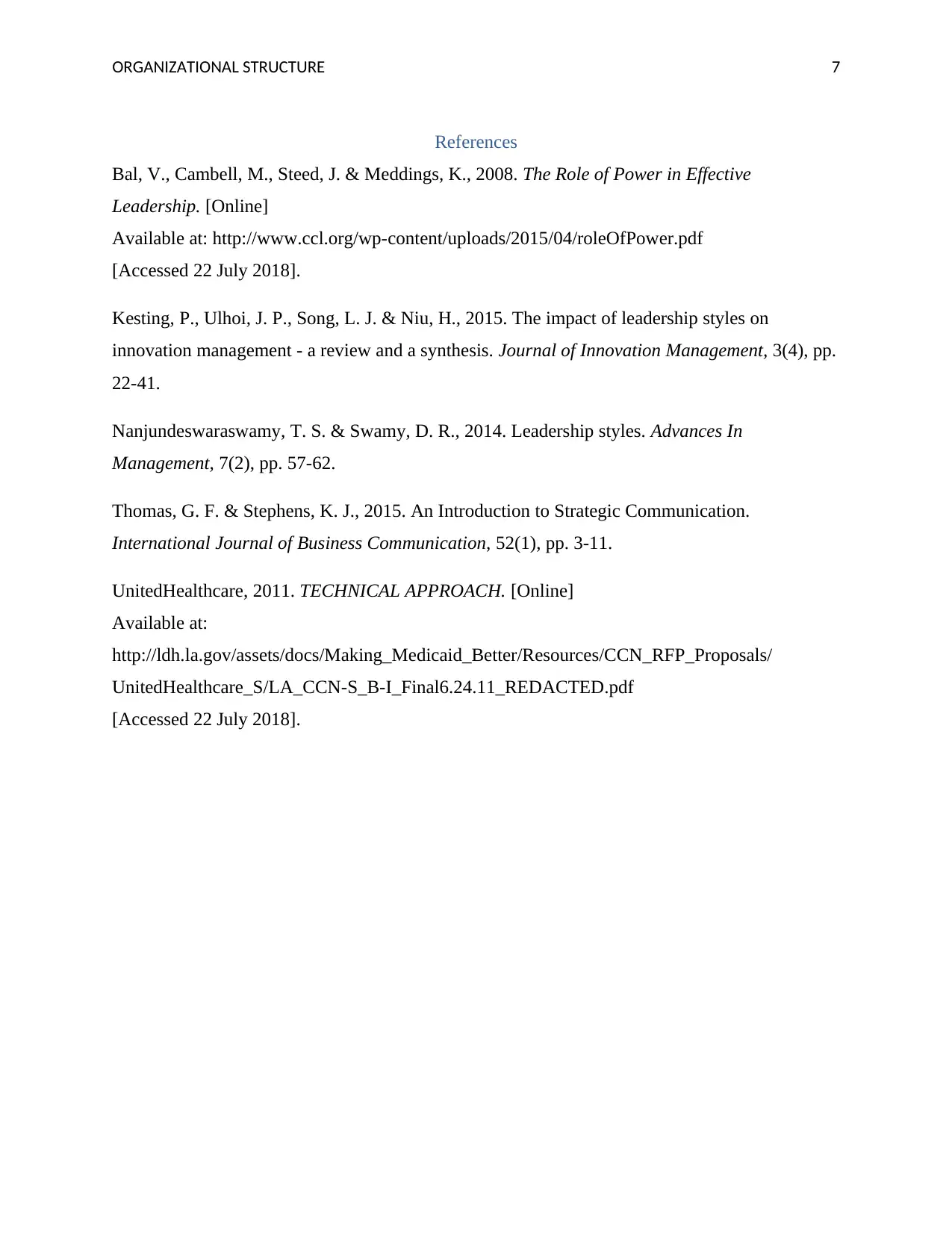






![[object Object]](/_next/static/media/star-bottom.7253800d.svg)